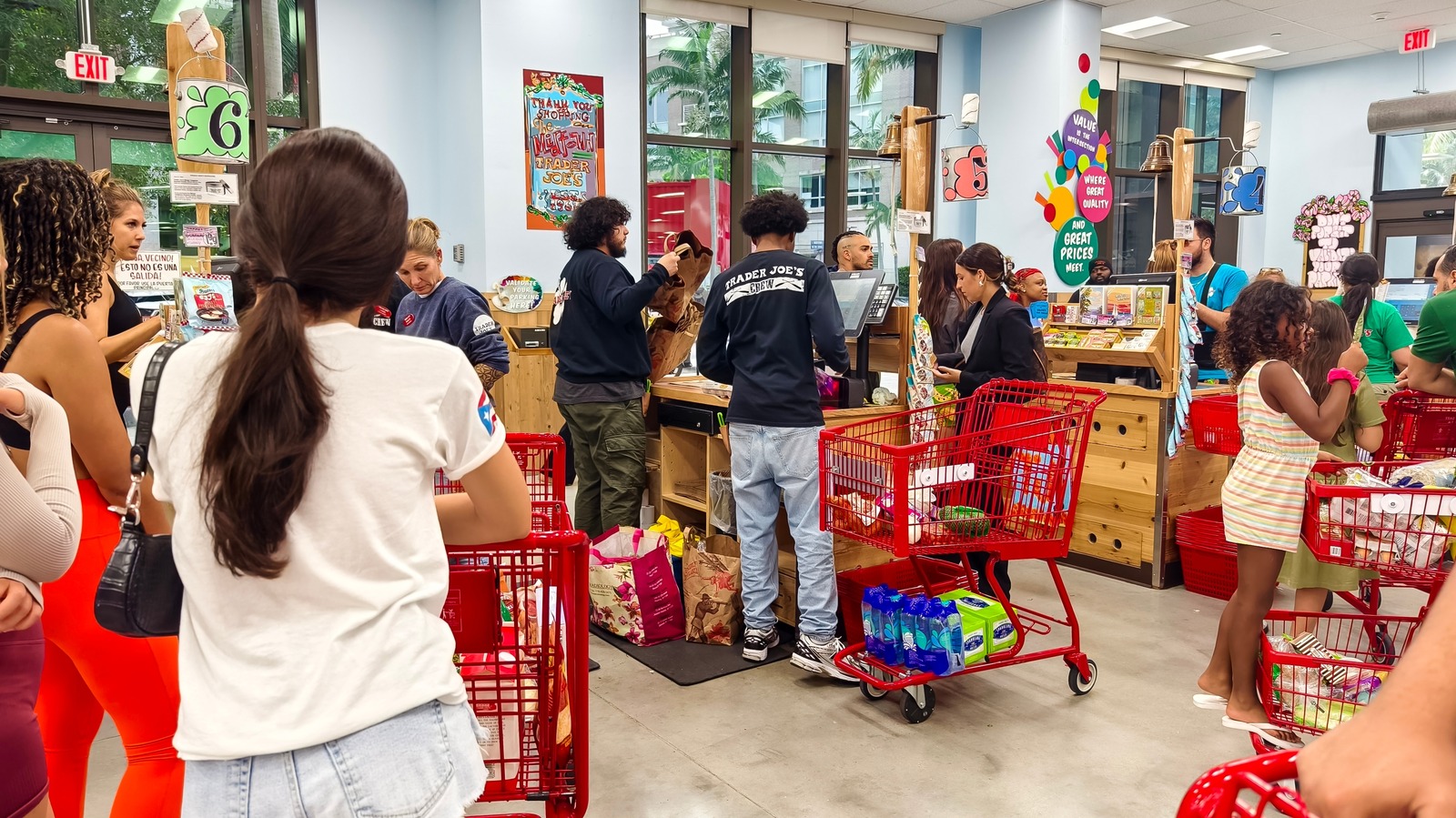Tech
SpaceX launches Starship the 5th time; successfully catches booster in huge mechanic arm
“Thanks to the tireless work of SpaceX engineers, we succeeded with catch on our first attempt,” stated the company.
See SpaceX’s historic Super Heavy booster catch
The SpaceX Starship’s fifth flight test was a success, and included a historic landing for the Super Heavy booster.
SpaceX successfully launched its fifth test launch of the Starship and Super Heavy Rocket Sunday at the SpaceX Starbase in Boca Chica near Brownsville, Texas.
“Starship’s fifth flight test lifted off on October 13, 2024, with our most ambitious test objectives yet as we work to demonstrate techniques fundamental to Starship and Super Heavy’s fully and rapidly reusable design,” SpaceX said in a statement.
This test launch received last-minute approval from the Federal Aviation Administration, which originally anticipated the launch to take place in November.
The rocket and ship are collectively called the “Starship,” and are nearly 400 feet tall. The ship is a reusable transportation system designed to carry cargo and crew to Earth’s orbit, the moon and Mars.
What was tested?
SpaceX tested if it could catch the rocket’s booster when it returned to Earth.
Mechazilla, a chopstick arm attached to a tower, is key to the reusable design. It was designed to catch the rocket boosters and did just that on the first try on Sunday.
“Thousands of distinct vehicle and pad criteria had to be met prior to the catch attempt, and thanks to the tireless work of SpaceX engineers, we succeeded with catch on our first attempt,” SpaceX said on its website.
The success comes after its first three test launches ended in explosions before successfully landing in the Indian Ocean in June.
What to know about Starship
SpaceX has spent years developing and testing the Starship, which is intended to play an integral role as early as 2026 when U.S. astronauts head back to the moon.
As part of NASA’s ambitious Artemis campaign, the space agency’s first lunar program since the Apollo era of the 1970s, SpaceX was paid a hefty $2.9 billion sum to develop a spacecraft capable of safely transporting astronauts from orbit to the moon’s surface.
In the years ahead, NASA’s Artemis program aims to establish a lunar settlement on the south pole. One day, the water ice thought to be abundant in the region could be extracted and used for drinking, breathing and as a source of hydrogen and oxygen for rocket fuel to make crewed trips to Mars possible – such as the ones Musk is planning as early as 2028.
Starship’s first crewed test flight is planned for the third and final mission under the Polaris Program, which SpaceX is funding along with billionaire entrepreneur Jared Isaacman. The inaugural spaceflight last month under the program, Polaris Dawn, included the first-ever commercial spacewalk with the crew aboard a Dragon capsule.
The 165-foot Starship spacecraft, which has so far only undergone uncrewed demonstrations, managed to land in the Indian Ocean during its most recent demonstration in June, while the 232-foot rocket booster landed off the Gulf of Mexico.
While its previous three tests ended in explosions, SpaceX officials say the craft’s performance has improved in every demonstration they’ve conducted with the vehicle. That included its third demonstration in March, when SpaceX said Starship hit several key milestones and conducted a handful of in-flight tests that were a crucial step forward for it to be reliable and functional.
Eric Lagatta covers breaking and trending news for USA TODAY. Reach him at elagatta@gannett.com
Julia is a trending reporter for USA TODAY. You can connect with her on LinkedIn, follow her on X, formerly Twitter, Instagram and TikTok: @juliamariegz, or email her at jgomez@gannett.com










